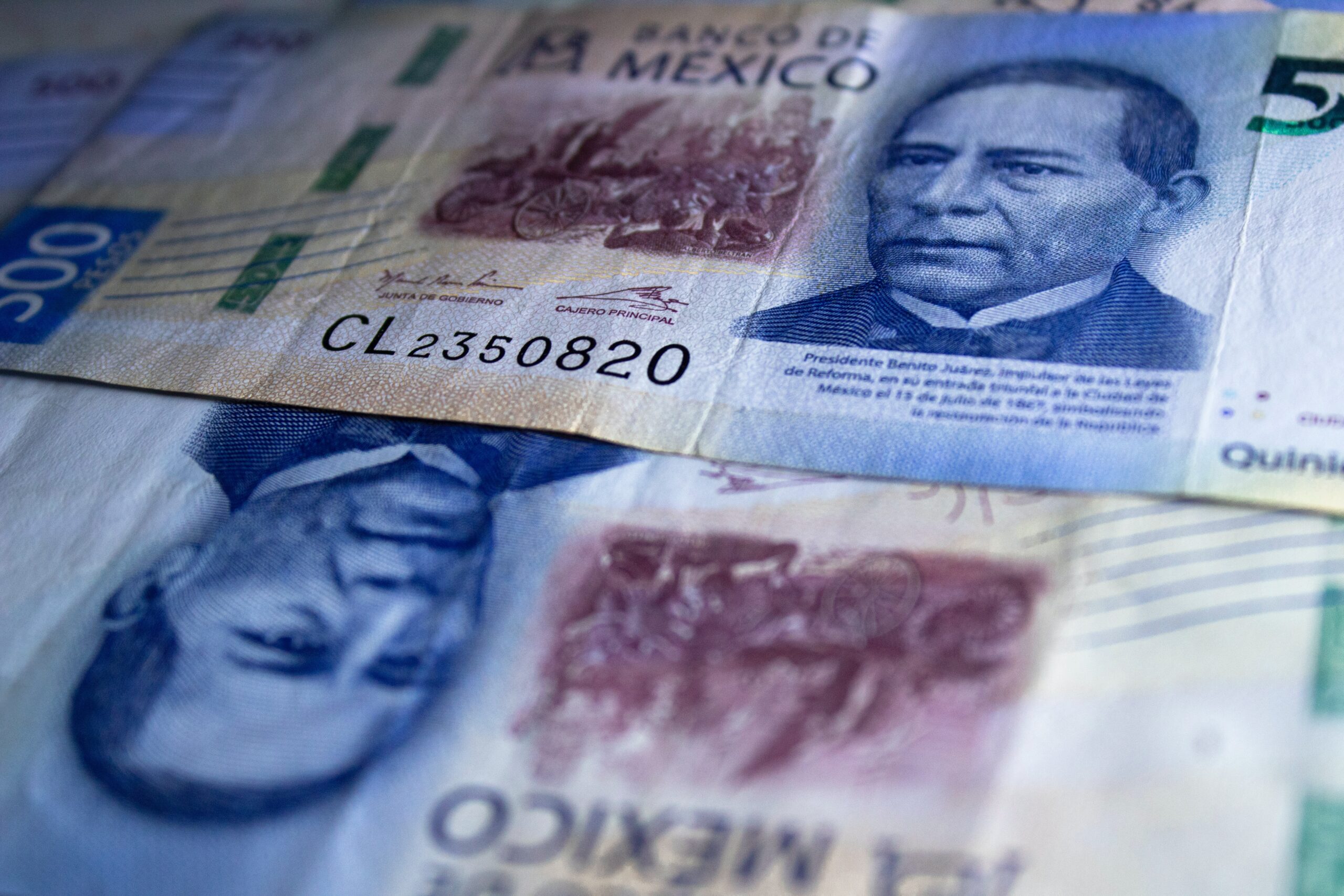
By CEO of Mexico Daily News Travis Bembenek
On the first week of July, we saw the Mexican Peso punch below 17 for the first time in eight years, and early on Thursday, a sudden weakening of 2%.
It is said that trying to predict future currency exchange rates is a fool’s game, and in my 25 years of international business experience, I have witnessed countless fools attempt it. Predicting forward foreign exchange (FX) rates is never straightforward.
The most logical financial rationale for a given currency’s trajectory can turn out to be completely wrong based on global political or macroeconomic developments that have little to do specifically with that country. However, there are predictable factors that go into currency movements that can be analyzed and followed.
In this brief summary, I will explain why the Mexican peso has strengthened against the dollar, and more importantly, what to watch to see where it is going next. Note this is not a prediction as to the peso’s value in the short term, and changes can happen suddenly depending on new economic or political developments.
To begin with, there are underlying factors supporting a generally strong Mexican peso such as relatively low debt ratios, strong inflows of dollars from remittances, tourism and foreign direct investment, stable to decreasing inflation, and the nearshoring trend. All of these factors are indeed relevant in understanding the strength of the Mexican peso today.
But does that explain why we are seeing such quick and significant strengthening? Not entirely. Another very important equation to look at is the following: What are the current interest rates in Mexico? What is the current (and trending) inflation rate? What is the spread (the difference) between those two rates? And how does that spread compare to the spread in the United States? Let me illustrate with current figures:
- Mexico’s current interest rate is 11.25%.
- Mexico’s current inflation rate is around 5% and trending down.
- The spread between those two rates is over 5%.
- The current Federal Reserve interest rate in the U.S. is around 5%.
- The current inflation rate in the U.S. is around 5% and trending down.
Assuming the risk of investing in both countries is the same (which it is not), you could make over 5% above interest on your money in Mexico right now. You could make essentially 0% above interest on your money in the United States right now. Historically, the argument for the difference is that a “risk premium” is needed to invest in countries like Mexico. While true, the underlying factors supporting the Mexican economy, as mentioned above, are very strong right now. In addition, the current spread between interest rates and inflation rate in Mexico is so high, it is making the peso very attractive at the moment.
To understand where things could go from here, keep an eye on interest rates, inflation rates, and the spread between the two rates in both countries. Early on Thursday, the sharp weakening in the Mexican peso was caused in large part by the better than expected numbers in U.S. private sector job creation. This caused investors to expect additional interest rate increases in the U.S., despite an inflation rate that is trending down. This would increase the spread in the U.S. and make it generally more attractive to invest in US dollars versus the Mexican peso.
I would be surprised if this analysis has not given you a headache by this point! Despite all of the noise around the recent currency movements, we can try to see where they are going next by being careful observers of the economic indicators I outline above. Of course, global macroeconomic and political news is just as important to follow to understand the whole picture.
Have something to say? If you’d like to share your opinion or perspective on what you’ve just read, please consider sending a letter to the editor by visiting this page. Or if you’d prefer to engage with our community of readers, check out our social media pages on Facebook, Twitter, Instagram or LinkedIn. We look forward to hearing from you!










Leave a Reply